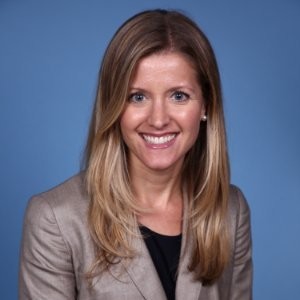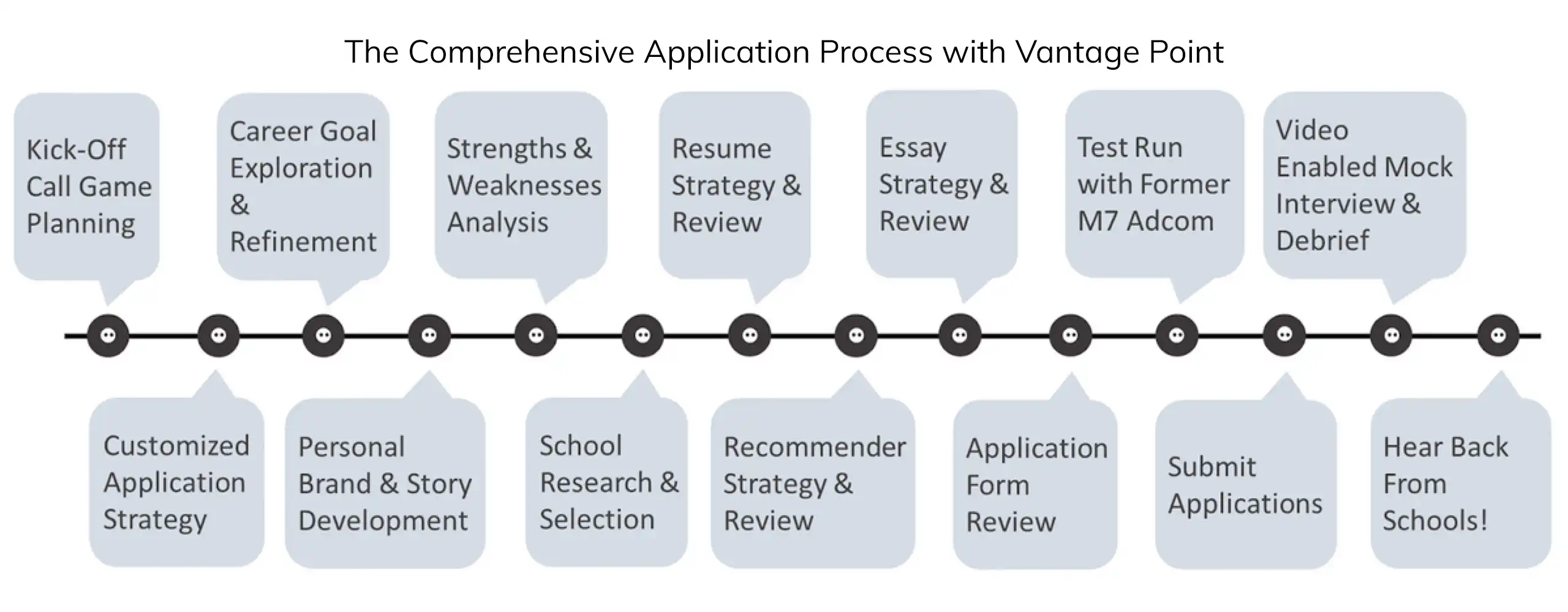What Matters in Choosing an MBA Program
When evaluating top MBA programs, rankings such as those published by U.S. News & World Report, Forbes, The Economist, and several others, are a logical starting point and can provide a general pulse on how the market feels about each school. That said, have you ever noticed how widely rankings can vary by source, depending on methodology and even the year? This volatility indicates the importance of diving deeper into your MBA program research to understand fit for you.
Easily Discernable Things That Differentiate Programs From One Another
First things first, you are likely going to business school to advance your career, either within your current industry/function or a new one. It’s always a great idea to start by digging into the recruiting data to determine if the programs on your radar have a history of sending graduates to your target industry and companies. Most schools publish annual employment reports (available on their websites) that share a breakdown of the graduating class by the industries, functions, geographies and even companies to which they are matriculating.
Beyond recruiting, it’s helpful to understand which schools offer specialized tracks (e.g., product management) or dedicated institutes (e.g., entrepreneurship centers) to support your career plans. These go hand-in-hand with experiential learning opportunities, externships, international exposure, and the ubiquitous summer internship.
Top MBA programs are also differentiated by their instructional style (i.e., case method versus lecture), approach to curriculum (i.e., the balance of core classes versus electives), and whether you will be part of a section or cohort. These dynamics play a significant role in the academic environment and so it’s important to consider what suits you best.
Critical, But Nuanced Things That Differentiate Programs From One Another
In addition, one of the most important elements of selecting an MBA program is cultural fit. Like companies, most business schools have a noticeable culture in terms of the student profile and level of social engagement. Career and culture intersect through clubs (often ranging from professional affinity clubs to special interest clubs such as Wine Club or Follies), international travel (including random walks or treks), and social events. Class size can impact culture, with a smaller, tightknit program offering an intimate learning environment and an oft-loyal alumni network. A larger class can offer a bigger alumni network and potentially an increased number of employers recruiting on- and off-campus due to the higher potential to yield their desired number of candidates.
Lastly, one of the most valuable, lasting assets of business school is a powerful network. This means different things to different people – a strong professional network within your field, a large breadth of connections overall, or a tightknit culture building lifelong friendships (and loyal career contacts) – but should be a priority consideration.
So How Do You Figure This All Out?
Conducting online research and speaking to current students or alumni are essential. Vantage Point MBA also offers a free school fit quiz which will provide a good starting point in your research process.
In a pre-pandemic world, we strongly encouraged candidates to visit schools before submitting their applications. These visits often included a range of tactical items, like campus tours and class visits, as well as opportunities to engage with the school community through alumni panels and lunch with students. While in-person visits are still on hold for the most part, schools are offering many of these same experiences virtually. While virtual will never be as beneficial as face-to-face interactions, they are low commitment and can really help to answer the question: “Can I picture myself here?”




